The treasures of the Central Mountain are distributed among Ribera de Arriba, Morcín, Riosa, Mieres, Lena and Aller, with a rich industrial and mining heritage, but also with a vast natural and ethnographic wealth.
Ribera de Arriba, on the flatter area, has beautiful villages such as Güeñu/ Bueño, with one of the largest samples of hórreos and paneras in the whole of Asturias. Riosa and Morcín compete in terms of landscape beauty and places of interest. In Riosa, the history of cycling has been established with the climb to the now famous Angliru, amid the landscape of the Aramo mountain range. Mountain bike enthusiasts can enjoy the "anillo ciclista" (cycling ring). The most popular places in Morcín are Monsacro, which is home to the Santa María Magdalena Chapel and the Santiago Hermitage and where, according to History, the relics of Christianity were kept.
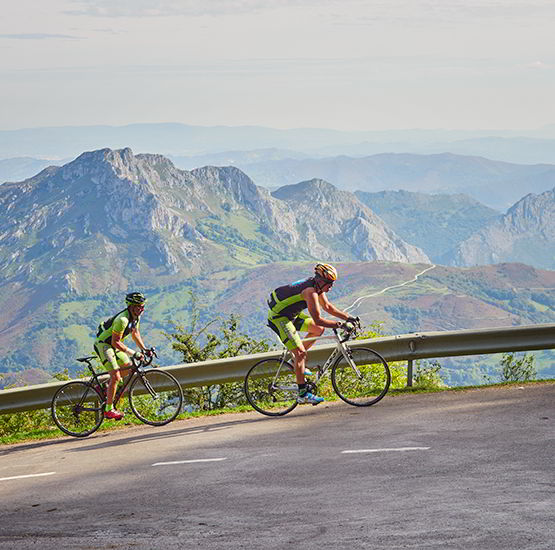
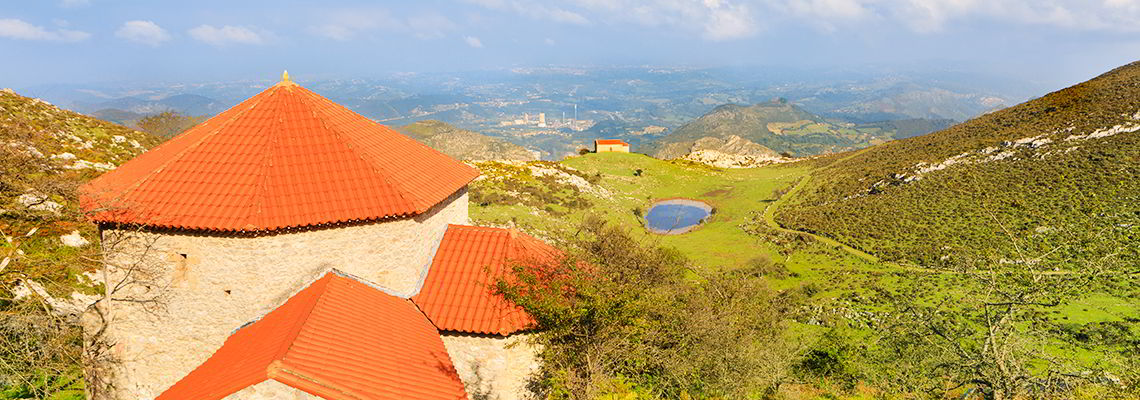
It is one of its most emblematic sites. And, of particular interest is its Afuega'l Pitu Cheese Festival or gorgeous places such as the Alfilorios reservoir, and the beautiful Torrexón (tower) in Peñerúes.
The mining and coal history form an essential part of the council of Mieres, with a rich industrial archaeology heritage.
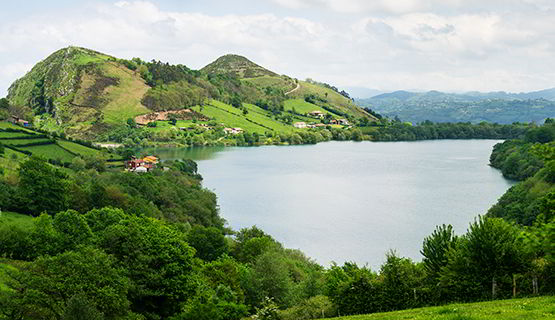
From the mining village of Bustiello to the Espinos, Fortuna pits or The Socavón de la Rebaldana (a mining tunnel), in the Turón Valley, the landscape of houses and meadows mixes with towers, some of which are as famous as the San José or Santa Bárbara pits. In order to discover that history, it is worth visiting Bustiello and the Educational Exhibition of Pozu Espinos, or Pozo Fortuna pit. Mieres also forms part of the Jacobean pilgrims' route who, via the Salvador Way, reach Asturias to visit the Oviedo/Uviéu Cathedral and continue on towards Santiago. One of the most important festivals is the Mártires de Cuna romería, a religious pilgrimage held in the area of the San Cosme and San Damián Sanctuary. The capital of Mieres is a hive of leisure activities. Visitors simply must have a few ciders in Requejo Square or enjoy its "Folixa na Primavera", a festival including music, dance and plenty of cider.
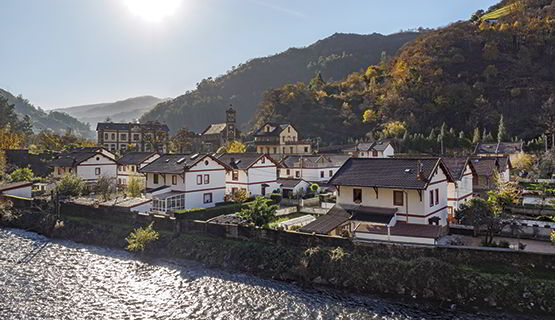
Lena and Aller also offer rich landscapes and ancestral traditions. In Lena, during the winter months, ski enthusiasts can enjoy skiing at the Valgrande-Payares ski resort in Valgrande, Payares. Its many sites of interest include the Santa Cristina de Lena Church, declared a World Heritage Site by the UNESCO in 1985 and a jewel of Pre-Romanesque architecture in Asturias. However, before going up, it is worth stopping at the Pre-Romanesque Educational Exhibition, located in the former La Cobertoria station. The San Antolín de Sotiel.lo Romanesque Church is also beautiful as well as the church and sanctuary in a beautiful village, Bendueños, with spectacular views of the surrounding area. Visitors can enjoy various routes, including the Valgrande Forest, the valley of Felgueras, Brañavalera, Ablaneo and Mofusu.
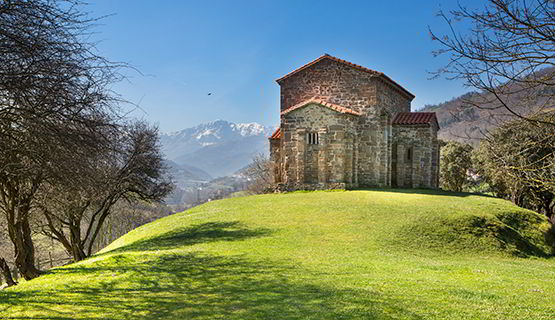
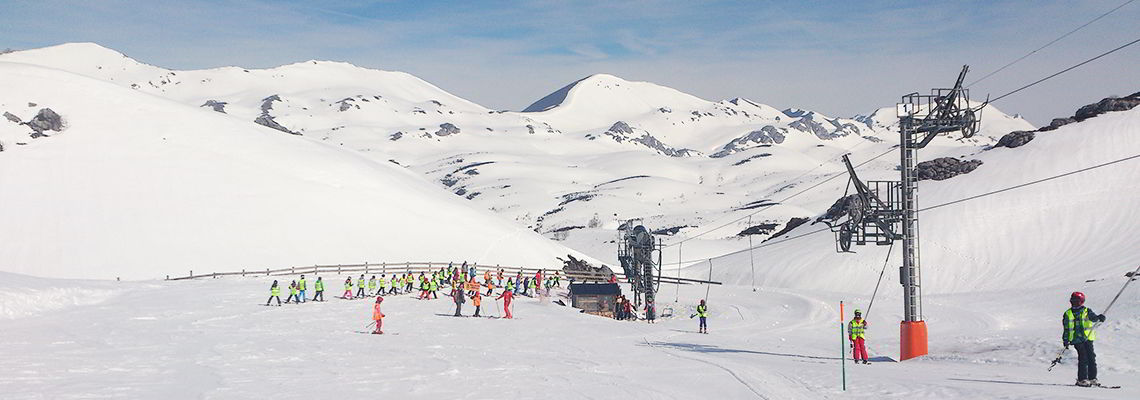
Aller also has a variety of activities on offer for winter sports enthusiasts at its Fuentes de Invierno ski resort.
Its unique routes include the Xurbeo Waterfall, the Foces del Pino, the one that leads to Peña Mea and the one that goes from the Aller River to the Vegarada pass. The so-called "Vía Carisa" is extremely important here, between the councils of Lena and Aller, built by the Romans during the reign of Augustus, and which was named after Publius Carisius. There are the remains of a Roman camp located at 1,728 metres on the Curriechos Mount, as a result of the war waged against them by "Astures" (Celtic tribes of Asturias). The history of mining is also present, with the pit of the San Jorge and Santiago mines still visible, in Caborana and San Antonio, in Morea/ Moreda. There is also a route that goes to the San Fernando pit in Uriés. Its natural beauties, apart from those already mentioned, include the Gumial mountain grazing meadows , the San Julián Valley and the Rasón mountain passes.
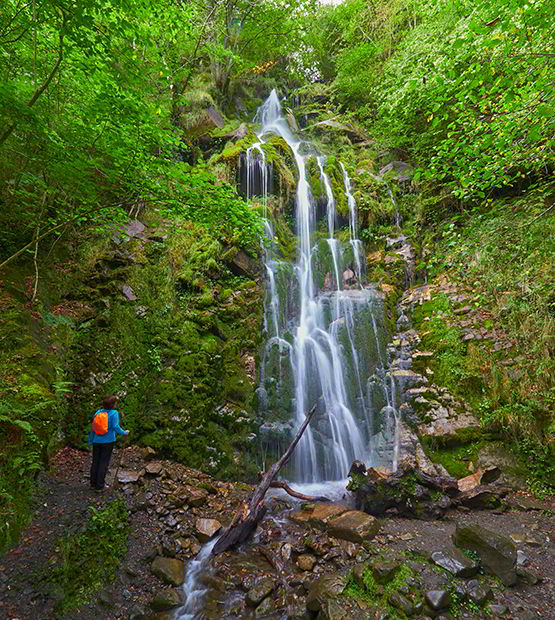
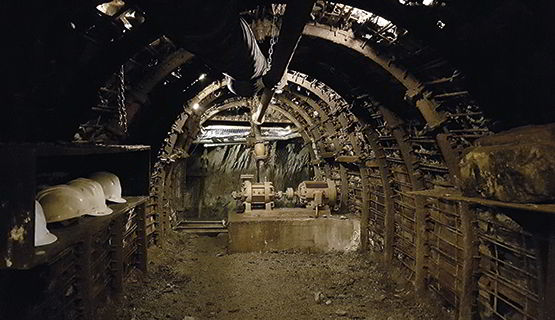
The Nalón Valley is also a promised tourism land, a valley where mining, coal, the locals and the river with the same name, form an essential part of the history of Asturias and its people. As in Caudal and other areas with a significant mining history, and not only coal mines, the miners and mining have written part of our history.
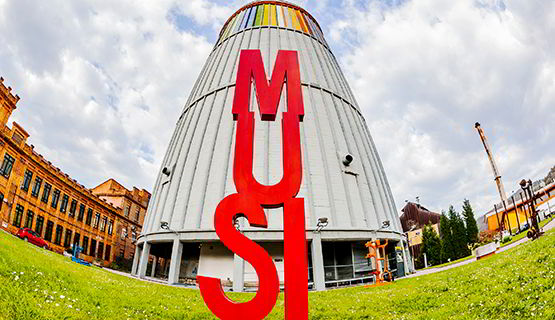
In Langreo, for example, and as part of its industrial history, is the important MUSI (Steelworks Museum), as well as the mining pits of Candín, María Luisa, Fondón, San Luis and Samuño. In order to discover its natural heritage, a good option is to take one of the routes, such as the Trole and the Molinos routes, the circular Ciañu route and the El Tendejón-La Colladiella greenway. One of its main attractions is now the Samuño Valley Mining Ecomuseum, where, in its mining train, travellers enter a real mine, the San Luis pit, in an intense, moving and pleasant journey, taking them through the history of mining, which, despite the conversion of the mining sector in Asturias, is still very much alive.
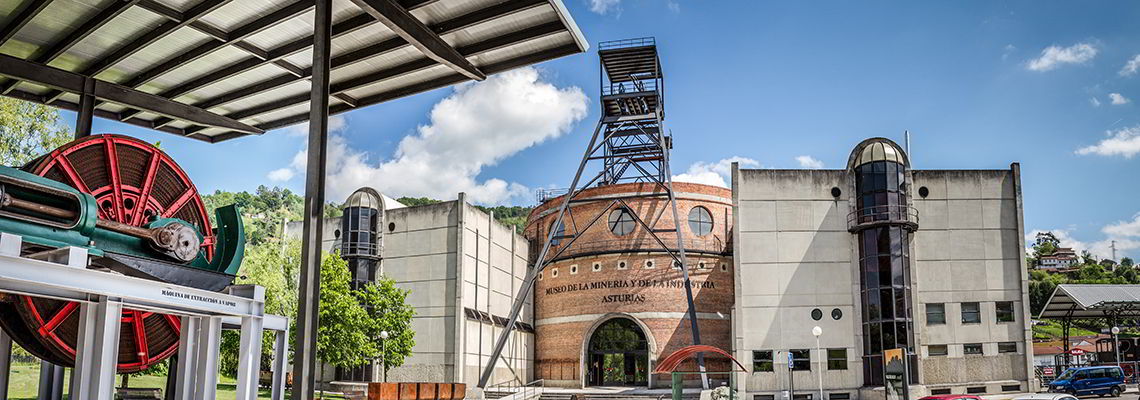
San Martín del Rey Aurelio is home to two extremely important museum centres in the region: the MUMI, or The Mining and Industry Museum of Asturias and the Sotón Pit.
The The Mining and Industry Museum of Asturias is in L'Entregu/El Entrego. Those wanting to enjoy nature, can explore the Santa Bárbara Valley from Sotrondio. The route reaches the top of La Colladiella. Its rich industrial heritage is obvious, and an example of this are the mine openings of the Sotón, La Generala, La Sultana, Práu Molín, Venturo pits, the Ignacia pit, La Bornaína mine and the Santa Bárbara mineshaft. In terms of coal mines, these include the San Vicente pit, the Entrego pit, the Cerezal pit, the Venturo pit, the Sorriego pit and the aforementioned Sotón pit.
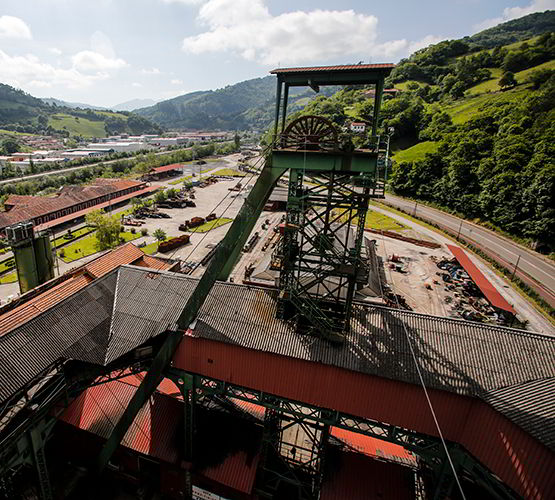
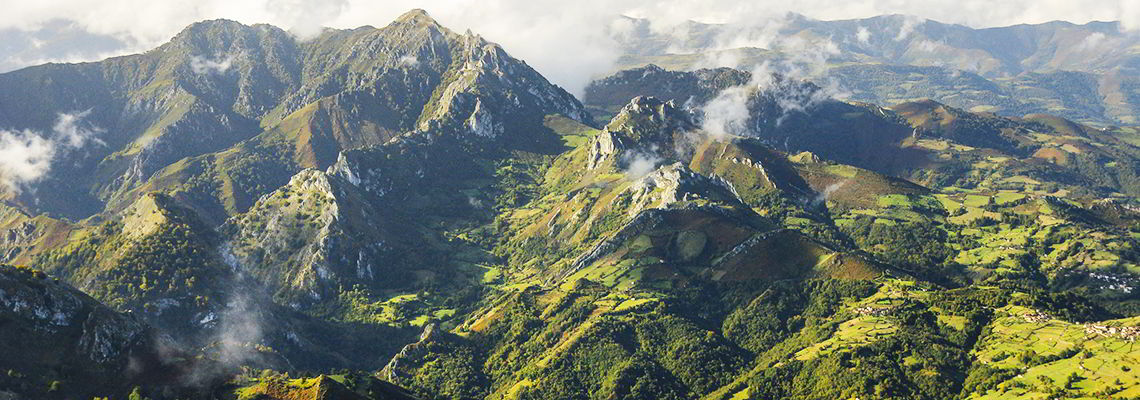
In the council of Laviana, and specifically in Entrialgo, an essential visit is the house in which the writer, Armando Palacio Valdés, was born, very close to the famous La Chalana Bridge. Given its diverse landscape, there are many routes here, including the Foces del Raigosu, a tour around Peñamayor, climbing the Peña Mea and the El Sutu-La Var greenway. This route through the Nalón Valley ends in two councils, Sobrescobio and Caso, which form what is known as the Redes Nature Park.
The first thing visitors leave behind upon entering Sobrescobio, is the industrial and mining landscape, to come face to face with a natural open spectacle.
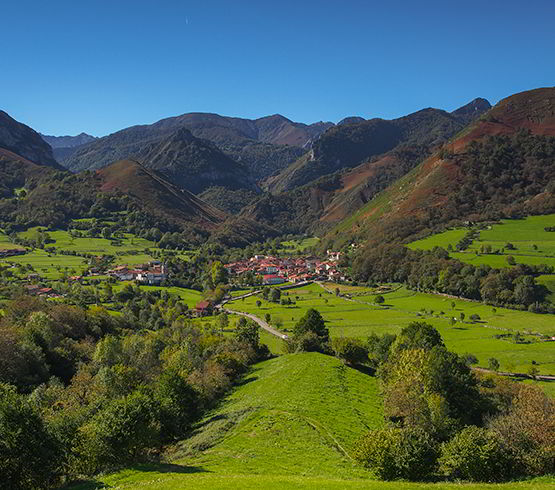
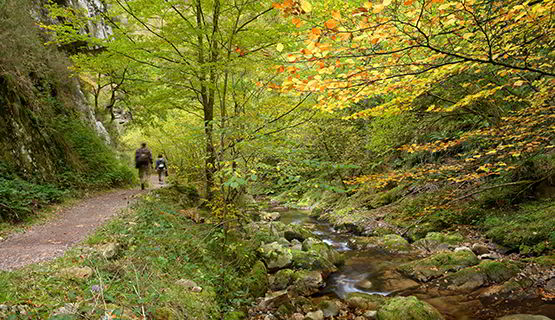
The Torrexón de Villamoréi Tower watches our every step. The Tañes Reservoir is truly impressive, with its Santa María la Real Collegiate Church overlooking its waters, or the Alba Route, which, beginning in Soto/ Soto de Agues, takes travellers along a path, where greenery, stone and water come together in stunning harmony. Because Soto is one of the villages that simply has to be visited. And also, Campiellos, Villamoréi, Llaíñes/Ladines, La Polina and the capital itself, Rusecu/Rioseco. Other recommended routes are the Picu La Xamoca, the Roman road route, the Torrexón greenway and the one that goes to the Tabayón del Mongayu from Tarna.
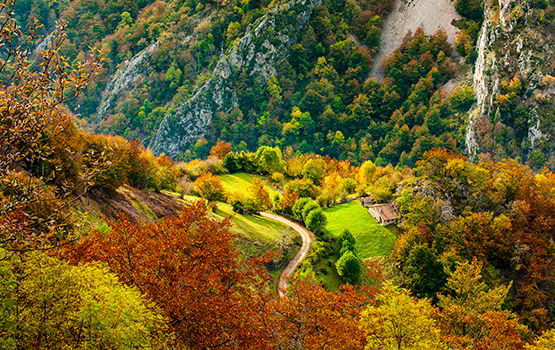
And from Sobrescobio to Caso, the home of the wonderful casín cheese, one of the most emblematic cheeses in Asturias. To find out more about what is on offer in this area, it is worth visiting the Nature Interpretation and Reception Centre in the Nature Park, in El Campu, the capital of the council, a region full of charming little villages that are delightful for taking a stroll, such as Caliao, Orllé, Veneros, Bueres, El Tozu, Belerda, Bezanes, Coballes and Tarna. One of the most impressive places in the area is Brañagallones. Climbing up to the meadow and discovering it is an unforgettable experience and, from there, visitors can take the Peña'l Vientu route. You can also climb the Tiatordos Peak from Caso. An essential visit in Veneros is the Wood Museum, a tribute, mainly, to the many wooden clog makers that used to live in this area.











